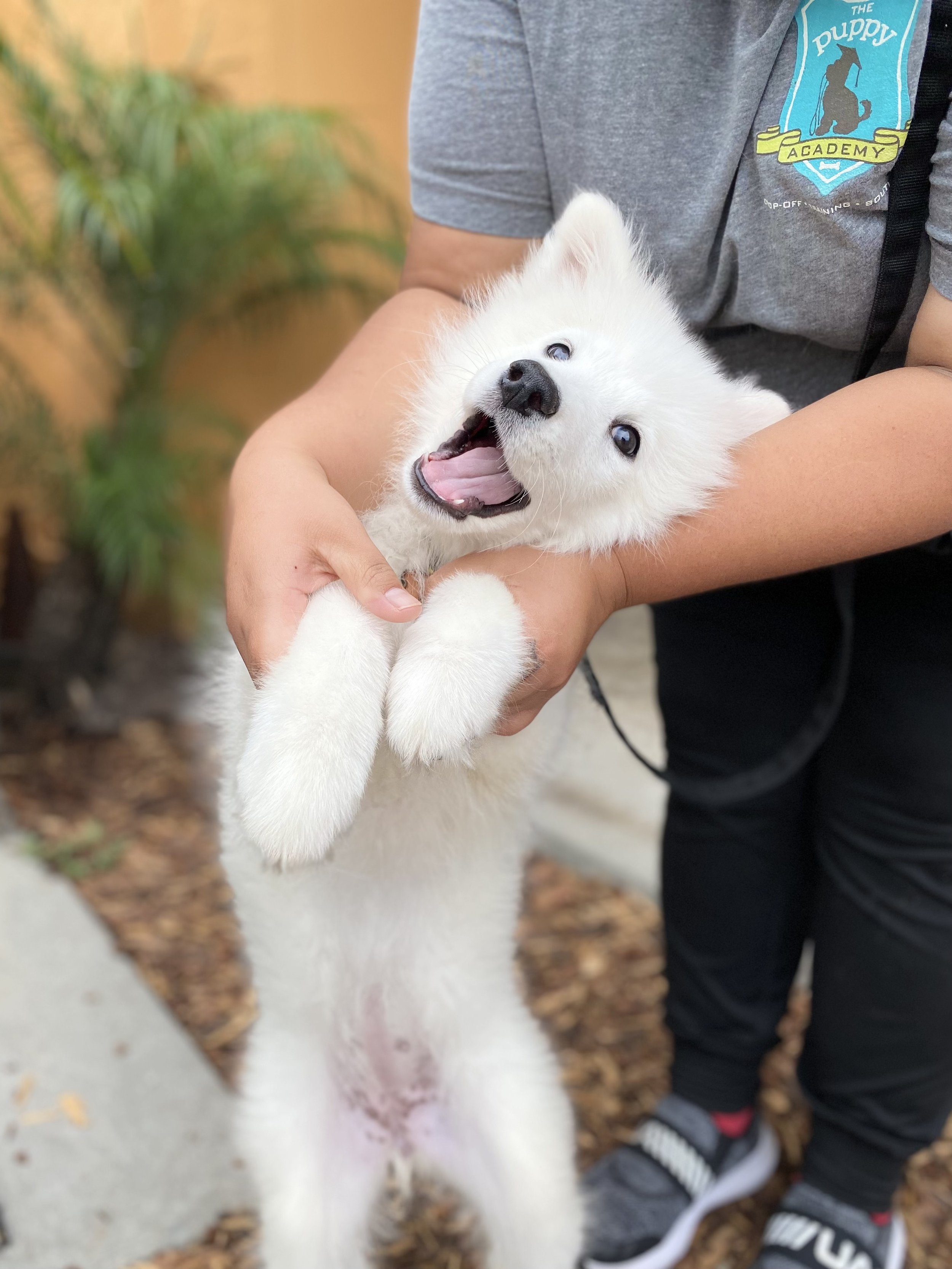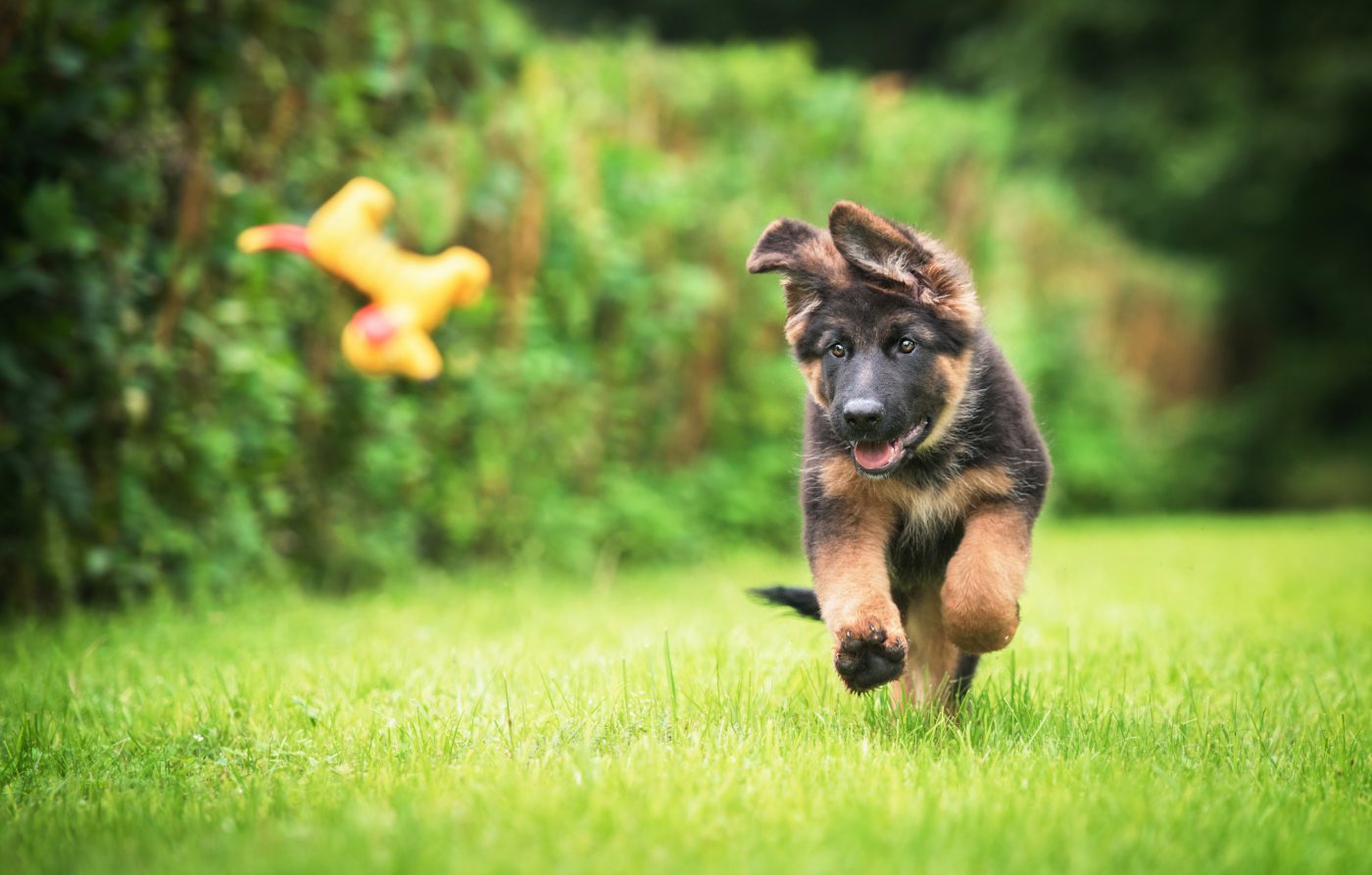Puppy Training Tips for First-Time Owners: Building a Strong Bond with Your Dog
Puppy Training Tips for First-Time Owners: Building a Strong Bond with Your Dog
Blog Article
Leading Pup Educating Techniques to Make Sure a Mannerly Pet
Effective puppy training is essential for growing a mannerly companion, and numerous techniques can dramatically influence a pet dog's advancement. As we discover these methods even more, it comes to be clear that the success of pup training hinges on a mix of methods that can transform your pet dog's habits in exceptional methods.
Positive Support Techniques
Making use of positive reinforcement strategies is vital for efficient young puppy training, as it motivates desired behaviors via benefits rather than punishment. This technique takes advantage of the natural understanding procedures of pet dogs, reinforcing excellent habits by supplying tangible and prompt incentives, such as deals with, appreciation, or playtime. By associating positive results with certain activities, pups are much more most likely to repeat those actions in the future.
Effective positive support includes timing and uniformity. Incentives must be provided immediately after the desired behavior strikes create a clear connection in the pup's mind. Furthermore, varying the kinds of benefits can preserve a puppy's passion and inspiration throughout the training process. For example, some puppies might respond much better to spoken appreciation while others may prefer a favorite toy or treat.

Consistency in Training Commands
Maintaining uniformity in training commands is important for reinforcing the lessons discovered via favorable support strategies. Dogs grow on routine and predictability, so using the very same verbal commands and hand signals for specific habits is important. This harmony helps young puppies recognize what is anticipated of them, decreasing confusion and disappointment for both the trainer and the animal.

Timing also plays a substantial role in consistency. Commands ought to be provided quickly throughout training sessions and complied with quickly by favorable reinforcement, such as deals with or praise. This immediate response assists strengthen the association in between the command and the wanted behavior.
Incorporating consistency into training sessions will certainly develop a stable learning atmosphere, promoting quicker proficiency of commands. Ultimately, a well-structured technique fosters a strong bond between the young puppy and its owner, causing a more well-behaved and obedient animal.
Socializing With Other Animals
Socializing with other pet dogs is important for a young puppy's advancement, as it helps them discover suitable behaviors and communication abilities in diverse social contexts. Early communications with different animals can dramatically influence a pup's character and versatility in various scenarios. When young puppies are exposed to a range of animals, they become extra positive and less scared, which can stop potential behavioral problems later in life.

Moreover, observing body movement during interactions is important. Show your pup to acknowledge signals from other animals, such as signs of playfulness or discomfort, cultivating mutual respect and understanding. Regular socializing not just boosts your puppy's social abilities but additionally contributes to their general health, producing an extra unified living environment. To conclude, prioritizing interactions with other animals will certainly produce a socially experienced and all-around dog.
Dog Crate Training Conveniences
Recognizing the countless advantages of pet crate training can greatly enhance both the pup's and proprietor's experience. Crate training provides a safe and secure and risk-free atmosphere for puppies, ensuring they really feel shielded when left alone. This feeling of protection can dramatically decrease anxiety and tension degrees for both the family pet and the owner.
Additionally, dog crates act as a useful house-breaking device. Pups naturally stay clear of staining their sleeping location, thus encouraging them to hold their bladder up until they are allow outdoors. This impulse can quicken the housebreaking procedure, fostering good routines beforehand.
When without supervision,Crate training also helps in handling a young puppy's behavior - puppy training. By giving an assigned room, proprietors can prevent harmful actions, web link such as chewing on furniture or entering harmful compounds. Moreover, cages can be useful throughout travel, using an acquainted space that can help calm a puppy in new atmospheres.
Last but not least, developing a pet crate routine motivates self-reliance, permitting puppies to discover just how to be alone without worry. Overall, dog crate training is an effective technique for promoting safety, technique, and peace, resulting in a well-adjusted, mannerly pet dog.
Leash Training Basics
Leash training is a basic aspect of accountable pet dog possession that guarantees a safe and pleasurable strolling experience for both the puppy and its proprietor. Correct chain training starts early, ideally during the pup's socializing duration. This training assists develop great habits and advertises positive habits when out in public.
To begin, select a comfortable collar or harness that fits your puppy read this article well. Connect a sturdy leash, ensuring it is not also long, as this can cause drawing and unpredictable actions. Begin in a peaceful setting to reduce diversions and slowly introduce your puppy to brand-new environments.
Use positive reinforcement strategies, such as deals with and appreciation, to motivate your puppy to stroll next to you. If your pup pulls, stop walking and wait for them to return to your side prior to proceeding.
In addition, incorporate brief training sessions with enjoyable disturbances to build your pup's focus. With devotion and persistence, chain training will lead to a hospitable friend, making strolls delightful for both the young puppy and the proprietor.
Conclusion
In conclusion, employing effective pup training techniques is important for establishing a mannerly animal. Overall, these methods jointly promote an unified relationship between pups and their proprietors.
As we explore these methods even more, it becomes clear that the success of young puppy training hinges on a mix of strategies that can change your pet's actions in amazing methods.
Making use of favorable reinforcement strategies is vital for effective puppy training, as it encourages preferred habits through benefits instead than punishment.Crate training also assists in managing a puppy's actions when not being watched.Leash training is a fundamental element of responsible animal ownership that makes sure a risk-free and enjoyable walking experience for both the young puppy and its proprietor.In final thought, utilizing efficient young puppy this article training methods is crucial for establishing a mannerly pet dog.
Report this page